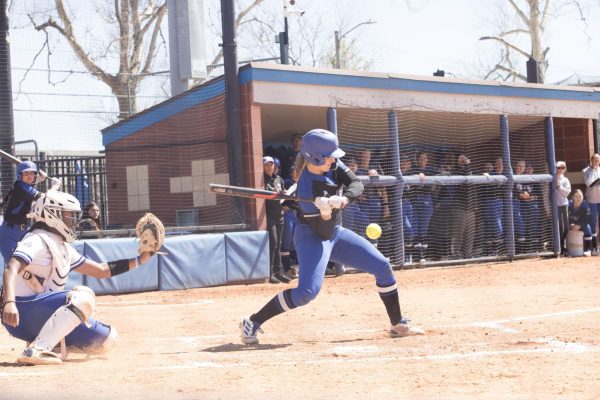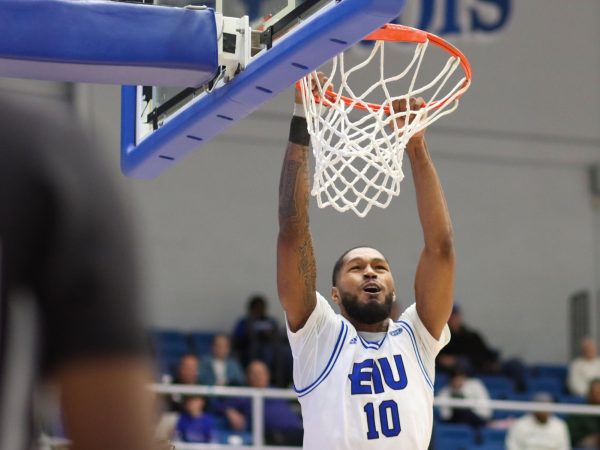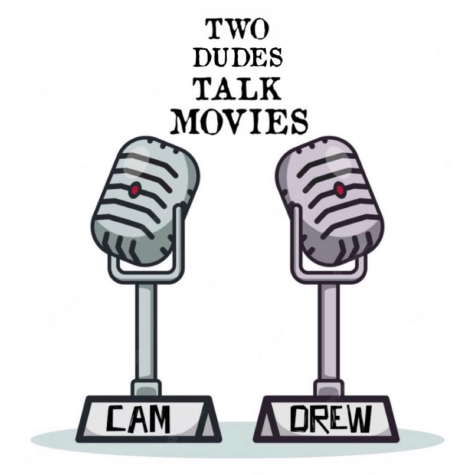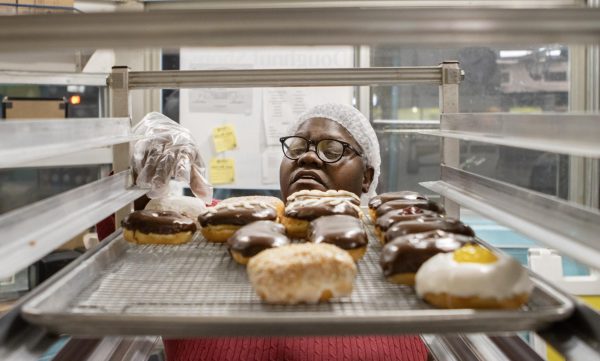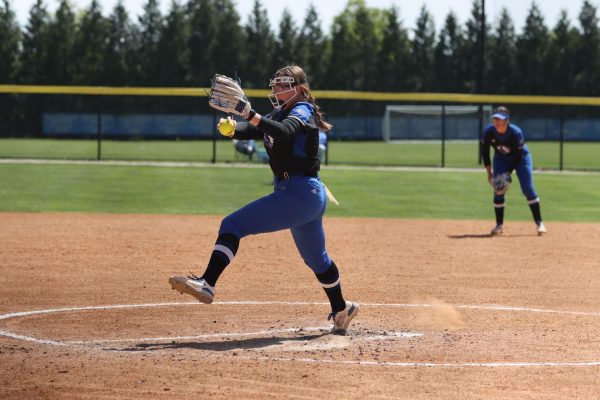President needs to be approachable
As a member of The Daily Eastern News, I would like to extend an invitation to the university’s next president, whomever he might be.
Much like Student Government, this newspaper serves a vital role by providing a strong voice for Eastern’s student body. However, unlike Student Government, the members of The Daily Eastern News do not always have a formal opportunity to meet the university’s leader.
The ability to interact one on one with Eastern’s president significantly enhances the relationship between the university’s administration and this newspaper. The dynamic of that relationship carries over to the thousands of students who read The Daily Eastern News on a daily basis.
The next president should follow the lead of interim President Lou Hencken and be as accessible as possible. A commitment to accessibility must include a willingness to work with this newspaper. After all, far more students pick up a paper than ever attend a senate meeting.
Hencken has displayed this commitment. In less than one year in the president’s office, he has set a standard in public relations policy. Last semester alone, he granted this newspaper more interviews than his predecessor had her entire tenure.
Hencken’s willingness to shed light on any campus topic bares sharp contrast to the shroud of darkness which characterized Carol Surles’ two and a half years as president.
So, as Eastern searches for its ninth president, we must remember we did not get everything we expected in our eight president.
When Surles interviewed for the position more than three years ago, she portrayed herself as an approachable administrator who scheduled open office hours while president of Texas Women’s University in Denton, Texas.
“I also go into the cafeteria purposely to eat with students,” Surles said in a presidential interview session with faculty. “I go there and make sure students know I am there. I have to make sure I am where (the students) feel comfortable meeting with me.”
Surles seemed to lose her need to meet with students somewhere between Texas and Illinois. Anyone who knew her here wouldn’t have spent much time looking for her in dining services.
As a student journalist, you would be extremely lucky if you could reach her at her office. A second-hand statement delivered via Media Relations was Surles’ preferred method of communication.
In the days before what would be Surles’ second and final State of the University Address, I made several calls to the president’s office and Media Relations. I was hoping to acquire a transcript of the the speech for which The Daily Eastern News was running a special edition to cover.
Later I received a letter from the president’s office explaining a transcript wasn’t available because the speech was not yet complete. I wanted a copy after the speech was presented. I thought I had made that abundantly clear, and a simple phone call from Surles could have clarified my request.
But the phone didn’t ring, and I never got a transcript, even after the speech. The director of Media Relations’ final explanation was Surles wanted to add to the speech she had already given and then post it on Eastern’s Web site, which never happened.
Three months later, the new president made my head spin. I had already spoken with Hencken many times before I was to cover one of his speeches.
Because it was a much smaller speech than the State of the University Address, I was stunned when Hencken stopped to hand me a copy of the speech before approaching the podium. After all, I had never even asked for a copy.
In retrospect, it was a relatively simple gesture, but it spoke volumes. Perhaps Surles didn’t comprehend the benefit of fostering a healthy relationship with the media.
Hopefully her permanent replacement will.



































